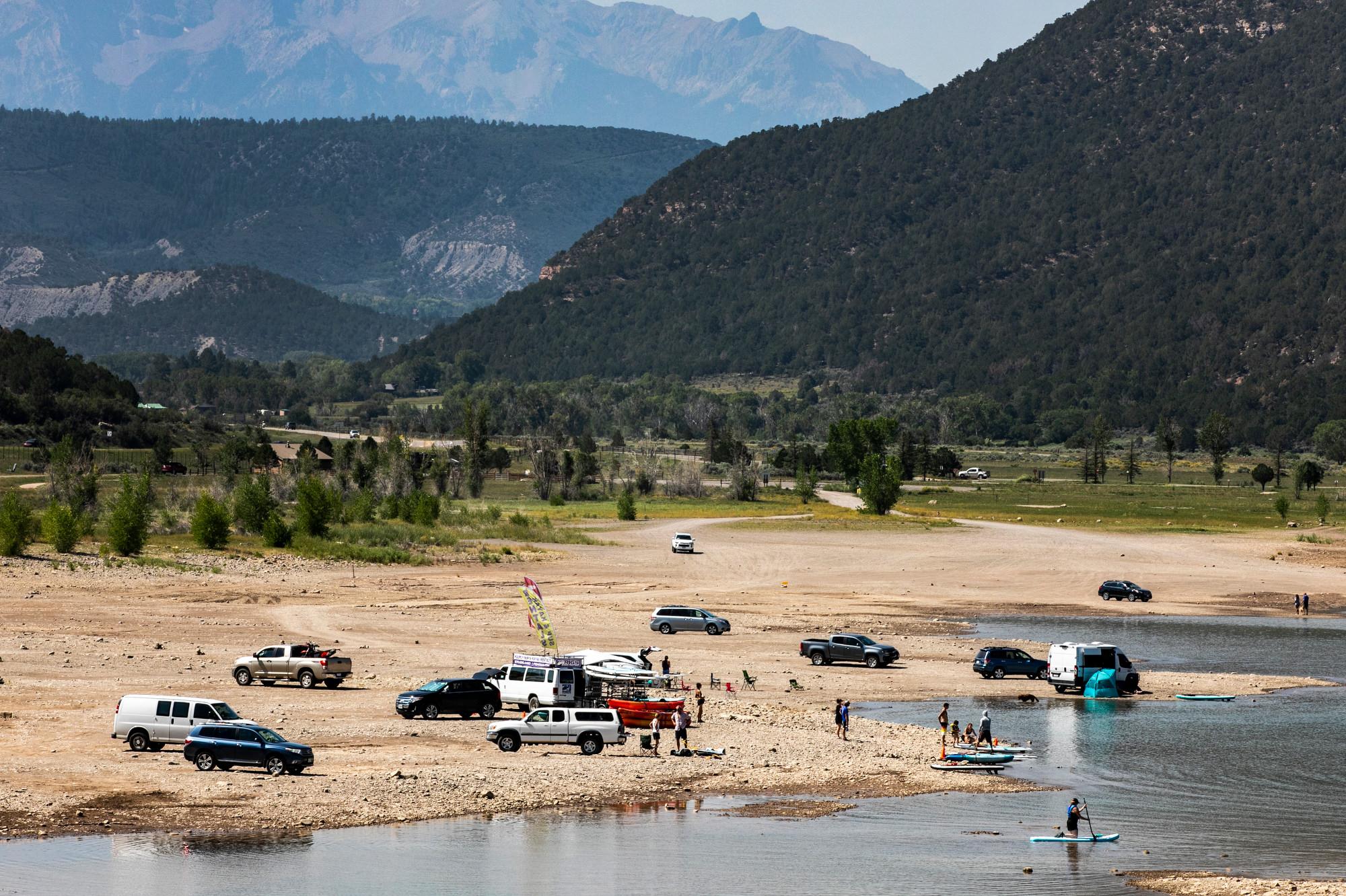
Human-caused climate change is intensifying the 20-year drought that’s plaguing Colorado and the Southwest, according to a new report from the National Oceanic and Atmospheric Administration.
Without “stringent” climate mitigation, the region will continue to warm, a consortium of federal and university scientists who are part of the agency’s drought task force concluded in their analysis. Increased temperatures likely mean drought conditions will remain even if there’s an average amount of snow and rainfall. Exceptionally warm temperatures melt snowpack and cause more water to evaporate from the land than in previous years, the scientists wrote.
Human-caused increases in drought risk are expected to continue to impose "enormous costs" on roughly 60 million people who live in the Southwest and other communities that depend on the goods and services produced in the region, the scientists wrote.
The 20 months between January 2020 and August 2021 saw the lowest total precipitation and the third-highest daily average temperatures on record for the Southwest, data show. That combination imposed an "unyielding, unprecedented and costly drought," researchers wrote.
The report suggests it would take several years of above-average rain and snow to replenish rivers, soils and reservoirs — and that drought conditions will last at least into 2022 or potentially longer for much of the Southwest.
The drought is drying up the Colorado River, which supplies 40 million people in the Southwest and Mexico. Lake Powell and Lake Mead, the two largest reservoirs in the U.S., both hold Colorado River water and hit their lowest levels on record earlier this summer.
Emergency action was needed to keep the dam at Lake Powell producing hydropower, which meant sending water from Colorado's largest reservoir to Lake Powell. The drought also led the federal government to officially declare the first-ever water shortage in the Colorado River basin, which means mandatory water cuts in some states and Mexico in 2022.
The economic cost of the drought and wildfires in 2020 is between $1 and $2 billion for Colorado, according to the National Centers for Environmental Information, a figure included in the drought report from the National Oceanic and Atmospheric Administration.
“Droughts of the past are not the same as droughts of the future,” said Terry Fankhauser, Executive Vice President of the Colorado Cattlemen's Association during a virtual discussion on the NOAA report.
He said that agriculture communities are bearing the brunt of the drying landscape and that by 2050 drought may cost agriculture $511 million in damages annually in Colorado.
- This Was The Second Hottest Summer On Record For The Western Slope
- Crops Struggle As A Record-Dry Summer Follows A Record-Wet Spring For Parts Of The Eastern Plains
- BLM Is Removing More Than 700 Horses From Public Lands In Colorado, Citing Exceptional Drought
- States Are Considering Paying People To Keep Their Water In The Colorado River. Some Don’t Think They Can Afford It
- After 20 Years Of Drought, Western Slope Ranchers Face A Choice — Keep Adapting, Or Move Along









